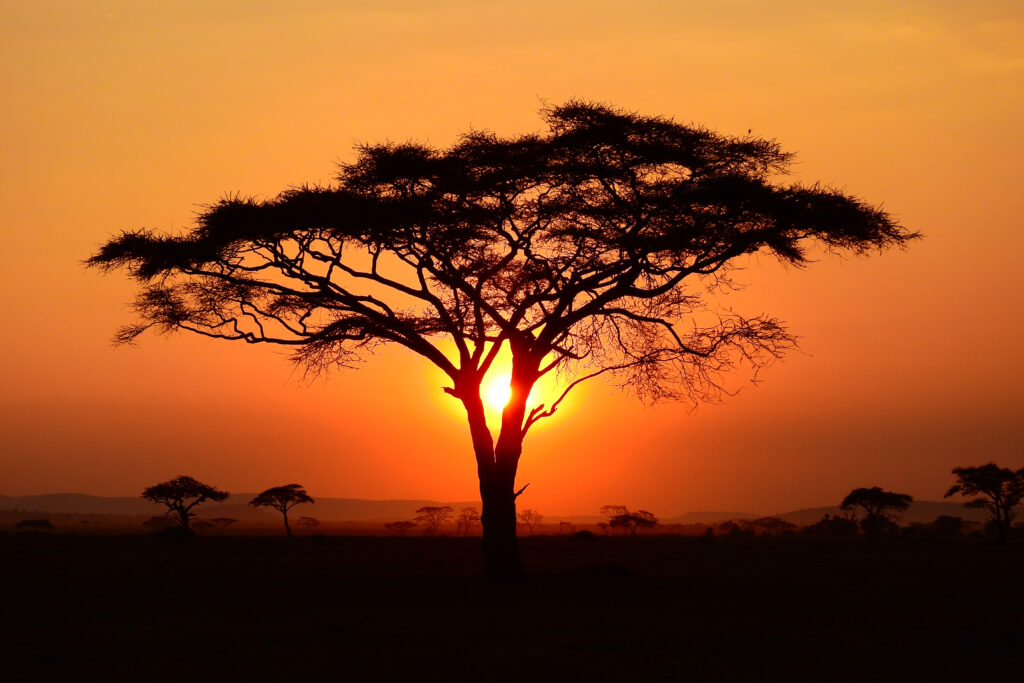Overview of Top Safari Destinations

Africa offers an array of safari experiences, from malaria-free areas in South Africa to the rich wildlife of Botswana and Zambia. While walking safaris in Zambia provide sightings of the Big Five, southern Tanzania is known for its walking safaris. Furthermore, the best time to visit most safari locations is between June and September, when the weather is drier. Alternatively, the wet season offers excellent birdwatching opportunities and ideal conditions for photographers.
South Africa
Kruger National Park
Kruger National Park, located in northeast South Africa, stands out as a top safari destination. It boasts excellent infrastructure for tourists, including well-maintained roads for self-driving safaris. Moreover, Kruger is renowned for its wildlife, especially leopards, which often appear near vehicles. During the shoulder or low seasons, you’ll find fewer crowds and enjoy beautiful walking paths through giant baobabs and fever tree woods.
Malaria-Free and Budget-Friendly Options
South Africa offers malaria-free regions and budget-friendly alternatives. This accessibility is coupled with a robust tourist infrastructure that ensures a comfortable safari experience.
Tanzania
Serengeti National Park
The Serengeti in northern Tanzania is renowned for its breathtaking scenery and diverse wildlife. You might spot leopards lounging in trees or cheetahs hunting on termite mounds. From November to February, the Great Migration sees wildebeest herds moving through the southern park, while from June, they cross the river into Kenya’s Masai Mara.
Ngorongoro Crater
The Ngorongoro Crater, a deep caldera, offers a diverse ecosystem ideal for wildlife viewing. Here, you can see elephants, lions, flamingos, and endangered black rhinos. Though the crater can be crowded during the dry season, the low season provides fewer visitors and lower costs.
Nyerere National Park
Nyerere, the newest and largest national park in Tanzania, features unique safari experiences. Highlights include boat safaris on the Rufiji River, where you can see lions, elephants, and critically endangered black rhinos.
Kenya
Masai Mara National Reserve
In southwest Kenya, the Masai Mara is famous for its lush grasslands and dramatic wildebeest migrations. Additionally, lions, cheetahs, and leopards are common and relatively easy to spot. To avoid tourist crowds, consider hiring a guide or staying in private conservancies.
Botswana
Okavango Delta
The Okavango Delta in northern Botswana offers rich wildlife and stunning landscapes. From May to October, it is fed by Angolan floods, and visitors can explore by mokoro, a traditional canoe. Although it is one of the most expensive safari zones, the experience is remarkable for wildlife and birdwatching. Best time to visit Botswana
Zimbabwe
Hwange National Park
Hwange National Park is known for its rich wildlife, including lions, wild dogs, and one of Africa’s largest elephant populations. Moreover, private concessions provide walking safaris and wildlife drives. Its proximity to Victoria Falls makes it a convenient addition to your safari plans.
Zambia
South Luangwa National Park
South Luangwa is renowned for exceptional big cat and elephant viewing. Additionally, Zambia is famous for walking safaris, making it ideal for hiking and fly-camping. During the dry season, wildlife congregates around the Luangwa River.
Namibia
Etosha National Park
Etosha National Park, located in northern Namibia, features stunning desert landscapes and waterholes. During the dry season, you can observe a variety of animals at the salt flat, Etosha Pan.
Uganda and Rwanda
Queen Elizabeth National Park
Located in southwestern Uganda, Queen Elizabeth National Park offers diverse habitats, including grasslands, forests, and lakes. Visitors can enjoy boat cruises, birdwatching, and mountain gorilla tracking.
Volcanoes National Park
In Rwanda’s northwest, Volcanoes National Park is home to endangered mountain gorillas. The park’s diverse habitats, such as bamboo forests and open grasslands, provide excellent wildlife viewing and birdwatching opportunities.
Conclusion: Planning Your Safari
To start planning your adventure, contact us. Remember to pack your camera and binoculars and prepare for the ultimate luxury African safari experience.